Who can resist the sweet, juicy taste of fresh-picked strawberries? Imagine having these vibrant red berries at your fingertips all year long — not just during summer months. While most people think of strawberries as a seasonal treat, with the right setup and care, you can grow strawberries year-round, indoors or outdoors.
In this comprehensive guide, we’ll cover everything you need to know to enjoy continuous harvests of luscious strawberries. From choosing the right varieties and setting up indoor systems to managing light, temperature, and care routines — here’s how to keep your strawberry patch thriving, no matter the season.
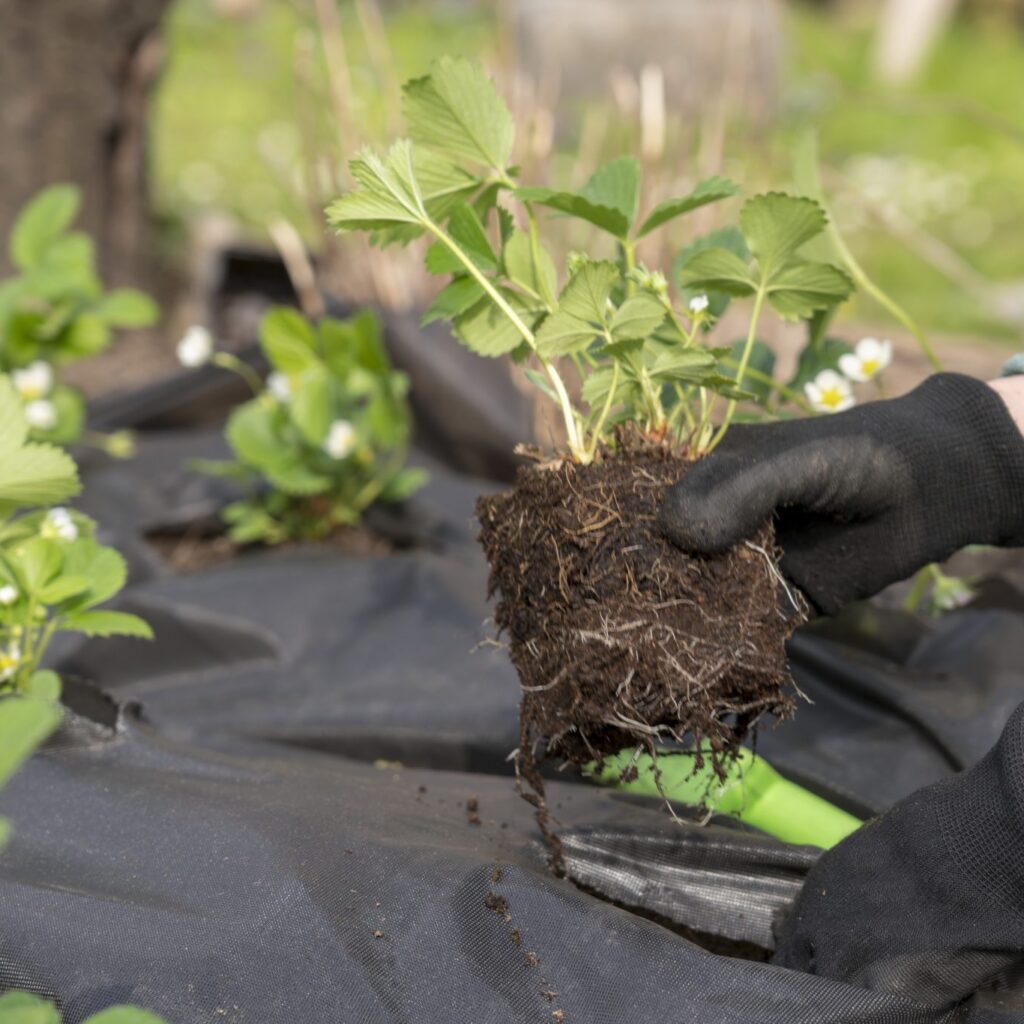
Why Grow Strawberries Year-Round?
Besides their irresistible flavor, growing strawberries year-round offers several benefits:
- Fresh organic fruit whenever you want it
- Greater control over plant health and pest management
- Adds a pop of green indoors during colder months
- Saves money on out-of-season berries
- Makes an attractive, edible indoor or balcony plant
With a little planning, you can easily transition from seasonal growing to harvesting strawberries 12 months a year.
Step 1: Choose the Right Strawberry Variety
Not all strawberries are created equal when it comes to continuous harvests. Some are naturally better suited for extended or indoor growing.
The Three Main Types:
- June-Bearing
- Produces one large harvest in early summer.
- Not ideal for year-round growing.
- Ever-Bearing
- Yields two to three harvests (spring, summer, fall).
- Suitable for extending the harvest season but not truly continuous.
- Day-Neutral
- Produces fruit steadily as long as conditions remain favorable.
- Best choice for year-round cultivation.
Recommended Day-Neutral Varieties:
- Albion – Large, flavorful, disease-resistant.
- Seascape – Sweet berries with high yields.
- Evie-2 – Excellent for indoor and container growing.
- Mara des Bois – Highly aromatic, gourmet flavor.
Step 2: Decide Between Indoor and Outdoor Growing
Outdoor Year-Round Growing:
Possible in regions with mild winters (USDA Zones 8–11). In colder areas, you’ll need to overwinter plants indoors or use protective setups like greenhouses or cold frames.
Indoor Growing:
Ideal for colder climates or when you want total control over growing conditions. Strawberries adapt well to containers, vertical planters, hanging baskets, and hydroponic systems.
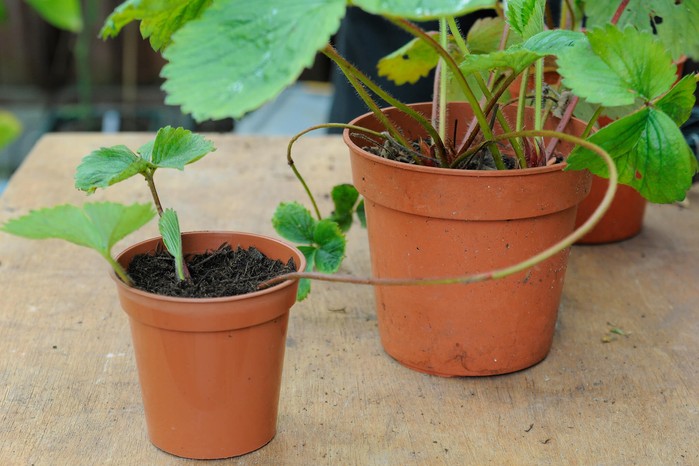
Step 3: Preparing the Right Growing Environment
Whether indoors or outdoors, strawberries have specific environmental needs:
Temperature:
- Optimal: 60°F–80°F (16°C–27°C)
- Keep indoor temperatures stable; avoid drafts and overheating.
Light:
- Strawberries require 10–14 hours of bright light daily.
- Place them near a south-facing window or use grow lights in winter.
- LED or fluorescent grow lights work well, positioned 6–8 inches above plants.
Humidity:
- Maintain moderate humidity (around 50–70%).
- Use a humidity tray or mist plants occasionally in dry indoor conditions.
Step 4: Planting Strawberries for Year-Round Growth
Containers:
- Use containers with good drainage.
- Minimum size: 8–12 inches deep.
- Hanging baskets, vertical planters, and hydroponic setups work great indoors.
Soil:
- Well-draining, slightly acidic soil with a pH of 5.5–6.5.
- Use a mix of high-quality potting soil, compost, and perlite.
Planting Tips:
- Space plants 8–10 inches apart.
- Bury roots, leaving the crown (top of the root system) at soil level.
- Mulch with straw, pine needles, or shredded leaves to retain moisture.
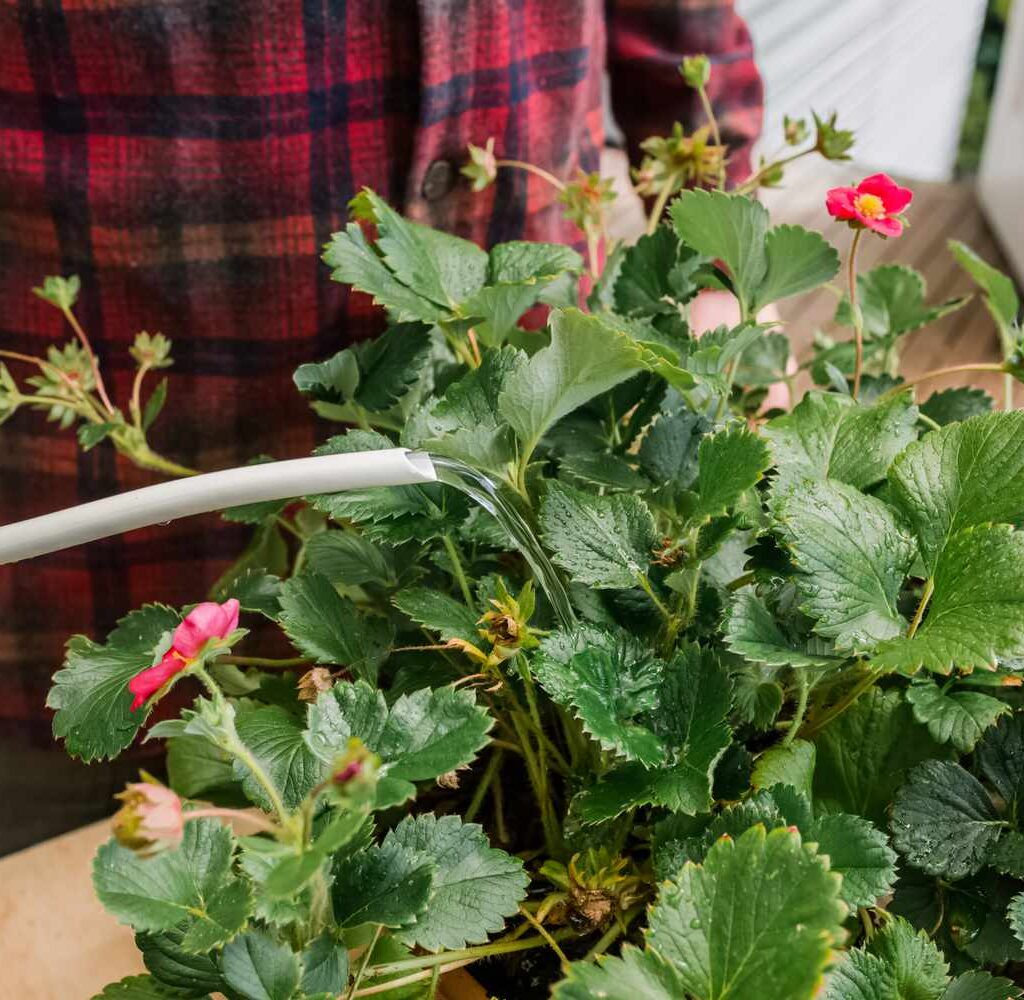
Step 5: Watering and Feeding
Watering:
- Keep soil consistently moist but not soggy.
- Water when the top inch feels dry.
- Avoid overhead watering to prevent mold and rot.
Fertilizing:
- Use a balanced liquid fertilizer (10-10-10) every 2–3 weeks.
- Switch to a bloom-boosting fertilizer (high in potassium) when flowers appear.
Organic options: Fish emulsion, seaweed extract, or compost tea.
Step 6: Pollination for Indoor Strawberries
Unlike outdoor gardens where bees and insects assist with pollination, indoor plants rely on you.
Pollination Techniques:
- Use a small soft brush or cotton swab to gently transfer pollen from flower to flower.
- Do this daily during flowering for better fruit set.
- Or lightly shake plants to help spread pollen.
Step 7: Managing Pests and Diseases
Even indoors, strawberries can face pest and disease challenges.
Common Pests:
- Aphids
- Spider mites
- Whiteflies
Solutions:
- Inspect plants regularly.
- Wipe leaves with a damp cloth or insecticidal soap.
- Introduce natural predators (ladybugs) if growing outdoors or in a greenhouse.
Common Diseases:
- Powdery mildew
- Botrytis (gray mold)
- Root rot
Prevention:
- Ensure good air circulation.
- Avoid waterlogged soil.
- Remove any dead or diseased leaves immediately.
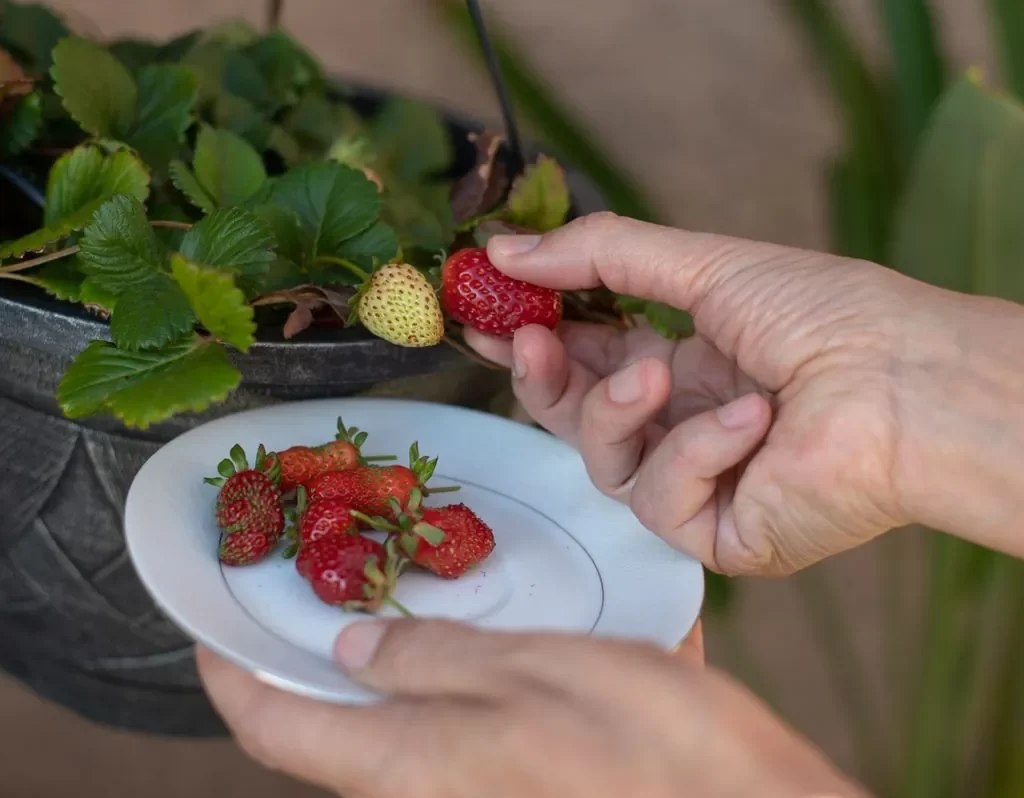
Step 8: Harvesting Strawberries Year-Round
Strawberries are ready to pick 4–6 weeks after flowering. Harvest berries when:
- They’re fully red (no green or white spots)
- Slightly soft to the touch
- Easily detach with a gentle twist
Harvest daily during peak production to encourage more flowers and fruit.
Step 9: Propagating New Plants for Continuous Production
To maintain year-round harvests, propagate new strawberry plants regularly.
How to Propagate:
- Use runners (small offshoot plants).
- Once runners have developed small roots, plant them in their own containers.
- Or buy bare-root plants and stagger plantings every few months for uninterrupted harvest cycles.
Step 10: Overwintering Outdoor Plants
In cold regions, protect outdoor strawberries in winter.
Tips:
- Cover plants with straw or frost blankets.
- Move container plants to an unheated garage, basement, or cold frame.
- Water sparingly during dormancy to keep roots from drying out.
Bonus: Hydroponic Strawberry Growing
For serious year-round production, consider a hydroponic system. Strawberries thrive in nutrient-rich water systems and produce clean, pesticide-free berries indoors.
Benefits:
- Faster growth and fruiting
- Space-saving vertical setups
- No soil-borne pests or diseases
- Higher yields in controlled environments
Hydroponic kits are available for home use and can produce berries within 60–90 days.
Final Thoughts
Growing strawberries year-round isn’t just a gardener’s fantasy — it’s entirely possible with the right varieties, conditions, and care. Whether you’re tending a sunny balcony, an indoor windowsill garden, or a hydroponic tower in your kitchen, the joy of harvesting sweet, homegrown berries every season is well within your reach.
By choosing day-neutral varieties, providing consistent light, temperature, and moisture, and staying attentive to plant needs, you can enjoy a steady supply of fresh strawberries whenever the craving strikes.

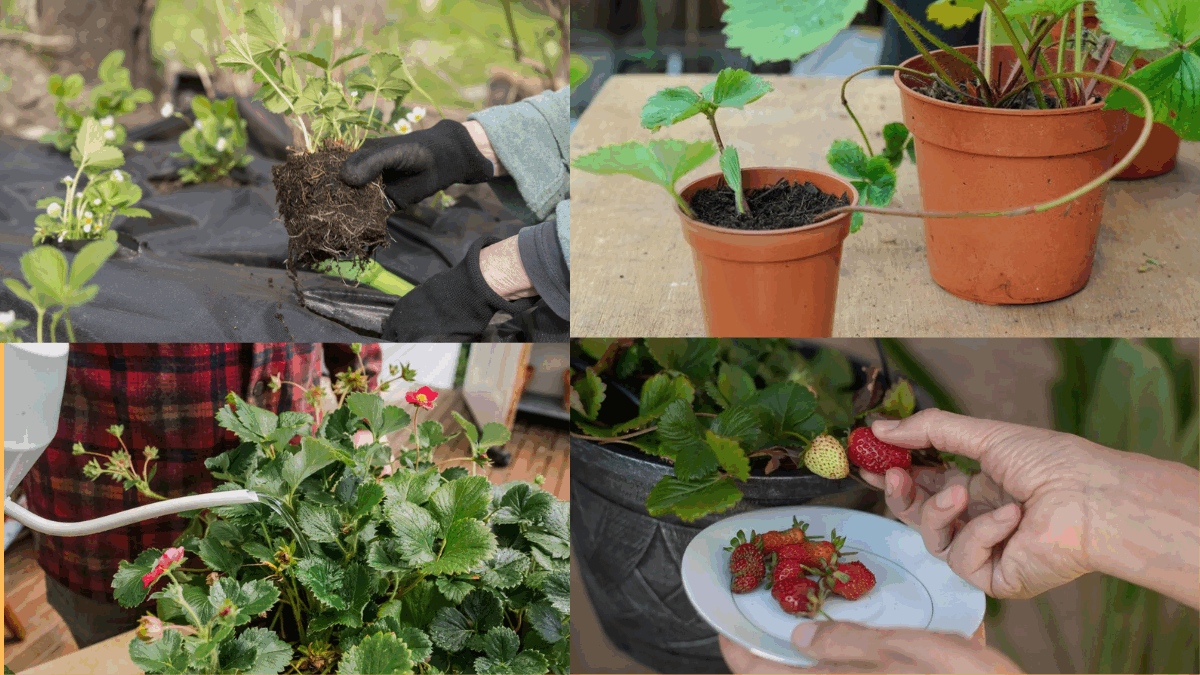




Leave A Comment